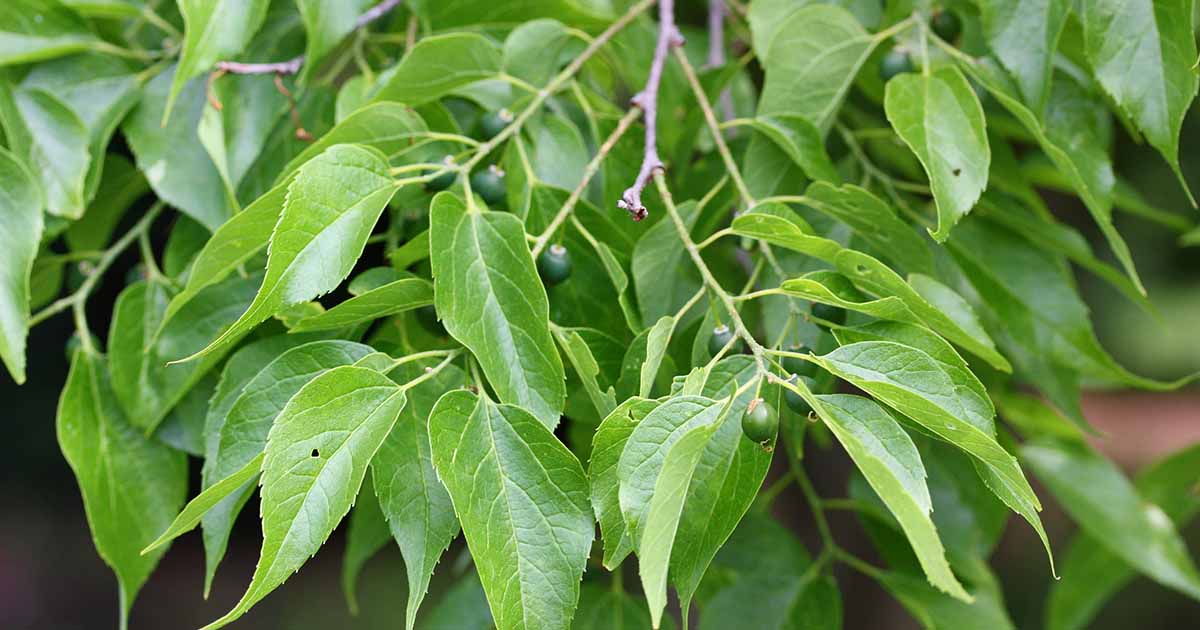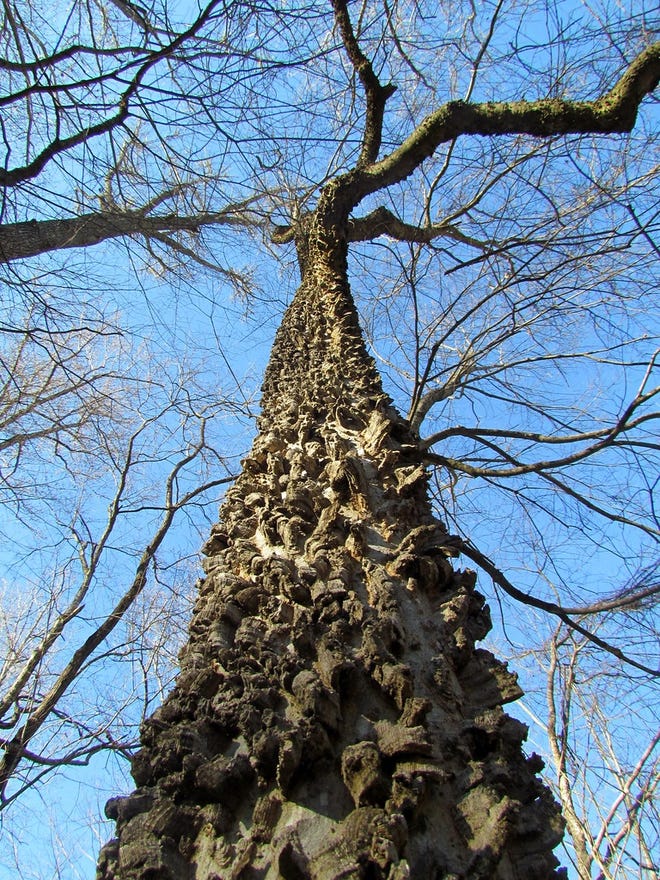hackberry tree leaves turning black
Hackberry has unremarkable small green drooping flowers. Female flowers develop into green berry-like drupes that turn dark black in the fall.

Hackberry Trees Are Under Attack
Lace bugs are sap feeding insects commonly found on the leaves of shade and ornamental trees in Iowa.

. Premature leaf drop can occur during heavy infestations. Premature leaf drop can occur during heavy infestations. Many will land on lower leaves but washing will remove them to the ground.
Dead branches and twigs often first observed in early spring when no leaves form. There are tiny black winged bugs with tinier babies all over the inside of the leaf. Hackberry branches with leaves growing in Auroma Park Illinois 51610 Celtis occidentalis.
Sunken dark brown area on branch that is often cracked or has a ridge at the edge. Also hackberry trees provide an abundance of black fruits that are great. There is a big hackberry tree in my back yard that provides welcome shade to our deck.
Another name for Celtis laevigata is southern hackberry. The aphids infest the lower sides of leaves in large numbers creating small globs of fuzzy mass. 18th to 316th long.
The hackberry is an exceptionally hardy tree in fact experts have referred to it as one tough tree The hackberry can be grown in various soils and locations and they can thrive under a wide range of temperatures and conditions including regions that see upwards of 50 inches of rainfall each year although the tree itself actually doesnt require a lot of water. They overwinter as eggs on the tree and emerge in the spring with new leaf growth. Hackberry trees can easily adapt to a range of.
The leaves are turning brown and are falling down a lot in the last weekThe leaves have the whitish wart-like bumps on the underside and they also have black tiny dots covering the leaf. Or wilting soon after leaves emerge in spring. Adult lace bugs have attractive wings that are beautifully sculptured with an intricate pattern of veins resembling.
Chinese hackberry yellow leaves. Sep 20 2016 0328 PM CDT. Prunus padus bird cherry hackberry hagberry Mayday tree branches with black berries and leaves on gray poplar bark background.
Yellow discolorations on upper leaf surface above the nipple galls. We tolerate the leaves it also drops. During spring and summer the females will reproduce asexually.
Hackberry Celtis spp is a hardwood deciduous tree that bears tiny redpurple edible fruitsTwo very similar species exist. Plants heavily damaged by lace bugs usually have the underside heavily speckled with small black shiny varnish spots excrement. This fall the deck was covered with a sticky saplike substance that turned a bright green umbrella black.
15 21 m tall and 30 to 80 ft. Hackberry disease 269208. Winged forms may also be observed and wings have obvious black markings on them.
Also known as American hackberry common hackberry Celtis occidentalis is a fast-growing member of the elm family. These edible fruits which have a flavour similar to dates mature to a purple-black colour in the early fall and persist on the tree throughout the winter. The hackberry tree is a weedy messy tree that youll want to refrain from planting in your yard.
While the galls cause no permanent damage they cause trees to begin shedding their leaves in late summer or early fall. These turn a deep purple-black color to stand out against the pale yellow leaves in the fall. Occidentalis is a large native tree found commonly on river terraces and floodplains in southern and central MinnesotaIt is related to the American elm and after the arrival of Dutch elm disease in Minnesota hackberry often replaced American elms both in native forests and in planted landscapes.
Trees most commonly affected are hackberry sycamore and oak. You likely have a population of aphids in the tree. The leaves are turning brown and are falling down a lot in the last weekThe leaves have the whitish wart-like bumps on the underside and they also have black tiny dots covering the leaf.
This causes the characteristic bleached appearance of the leaves that actually is clusters of tiny whitish dots or chlorotic specks on the upper leaf surfaces. More information on Hackberry nipple. Circular nipple-like swellings that project from the undersides.
Also called the sugar hackberry the sugarberry tree is a native medium-sized tree with pointed leaves small clusters of greenish flowers and reddish-purple edible fruit. My Hackberry tree appears to have 2 diseases going on. This will also reduce the damage being done to the tree.
10 24 m wide. They have asymmetrically sized leaf bases are sharply toothed green and grow to a sharp point. This tree is home to many insects and diseases which will put your family at risk.
Youll recognize the hackberry from a distance by its light gray warty bark on massive trunks. The berries also attract birds which adds yet another layer of interest to the backyard view. The foliage of trees infected with armillaria mellea starts to discolor and drop prematurely.
The northern hackberry Celtis occidentalis also kown by a number of other names including beaverwood nettletree American hackberry and simply common hackberryAnd also the southern hackberry Celtis laevigata also known as. Adults are light brown with flecks of creamish-white and look like miniature cicadas. Another key feature of the hackberry is its bark -- the young bark is smooth and light greyish-brown in colour and matures into a darker greyish-brown colour with corky irregular ridges and a warty texture.
Raised cushion-like bumps on affected branches may be cream to orange or red turn black with age. 6 10 m high. Sugarberry trees grow between 50 and 70 ft.
The browning of the hackberry Celtis occidentalis leaves is probably due to lace bugs. It could also be seen on the leaves of nearby plants. The browning of the hackberry Celtis occidentalis leaves is probably due to lace bugs.
Plant form of common hackberry. The hackberry while often forgotten by casual consumers is commonly heralded by tree experts as one tough tree Found on a wide range of soils east of the Rockies from southern Canada to Florida these trees thrive in a broad span of temperatures and on sites that vary from 14 to. The insects feed on the sap from the leaves and secrete sticky honeydew that in turn encourages the growth of black sooty fungus on infested tree areas.
You may not be able to reach the top of an 80-foot-tall tree without a power washer or commercial spray device but even if you dont reach the top of the tree you can reduce the severity of the problem. They feed on sap and produce large amounts of honeydew which can in turn cause problems with black sooty mold growth. WKRN If you have hackberry trees in your yard you might have noticed a black sticky substance coating your car and other objects.
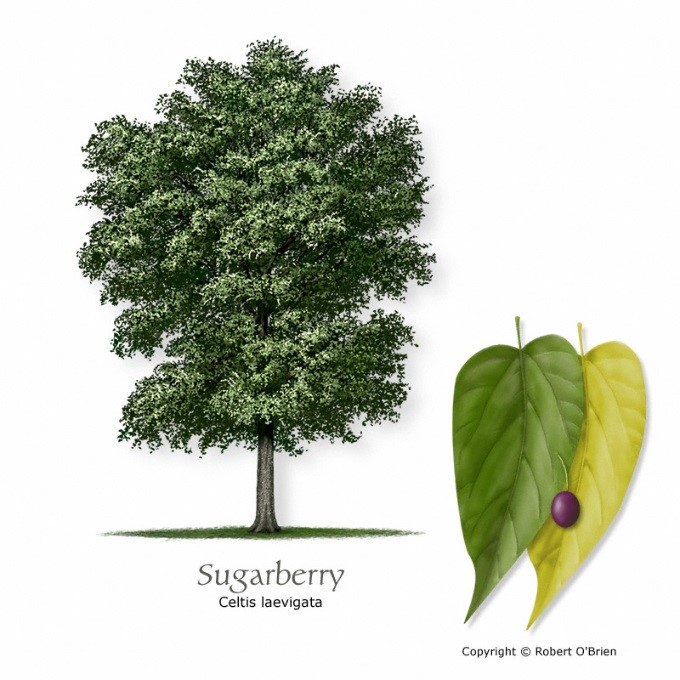
Species Spotlight Celtis Laevigata Sugarberry Austintexas Gov
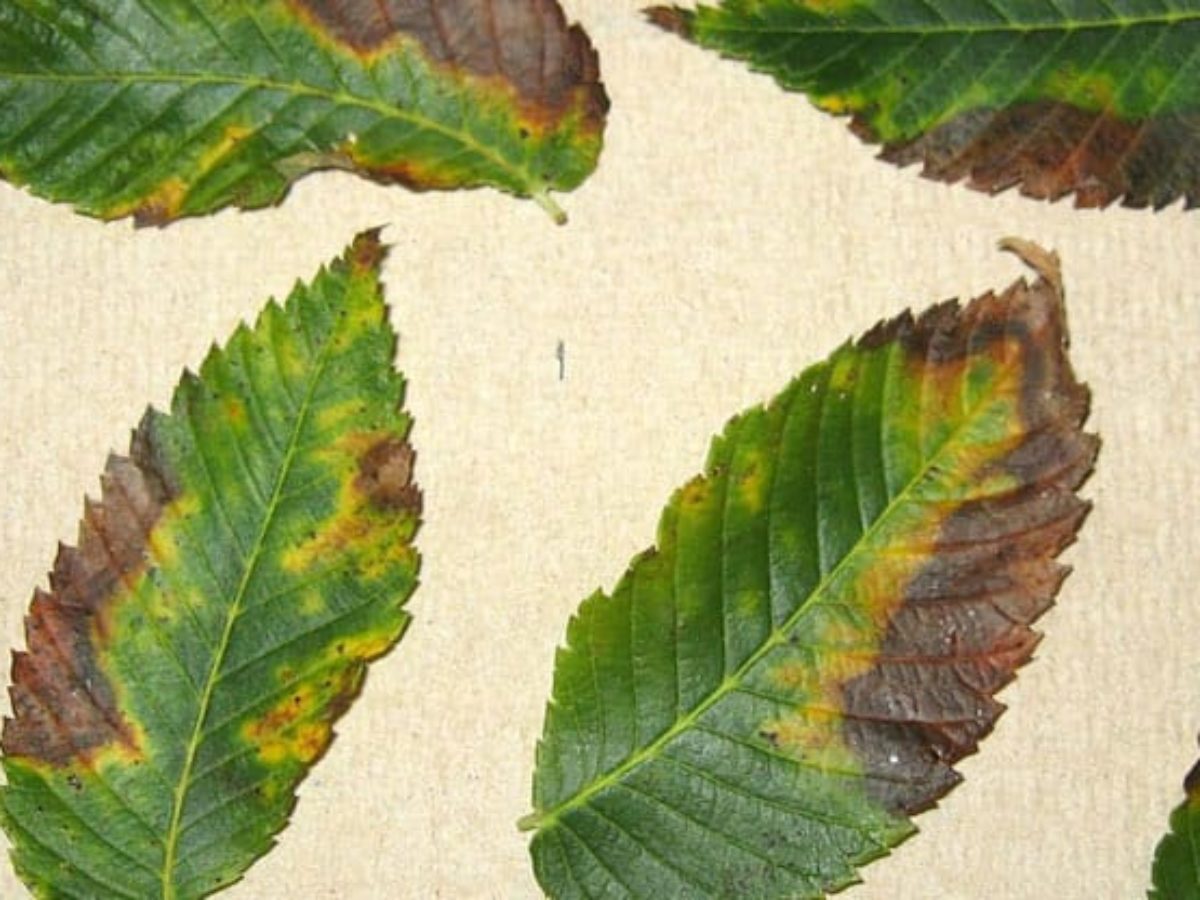
Brown Dying Or Scorched Tree Leaves Bacterial Leaf Scorch Faqs Organic Plant Care Llc Flemington Nj
/red-buckeye-tree-care-and-growing-guide-5095549-hero-76e34b17405c48a990ea24e988c363b5.jpg)
Hackberry Tree Care And Growing Guide

Hackberry Tree On The Tree Guide At Arborday Org
A Sticky Situation On Hackberry Trees Pests In The Urban Landscape Anr Blogs

Hackberry Ohio Department Of Natural Resources

Northern Hackberry Real Paleo Food Four Season Foraging

What S Wrong With My Plant Garden University Of Minnesota Extension
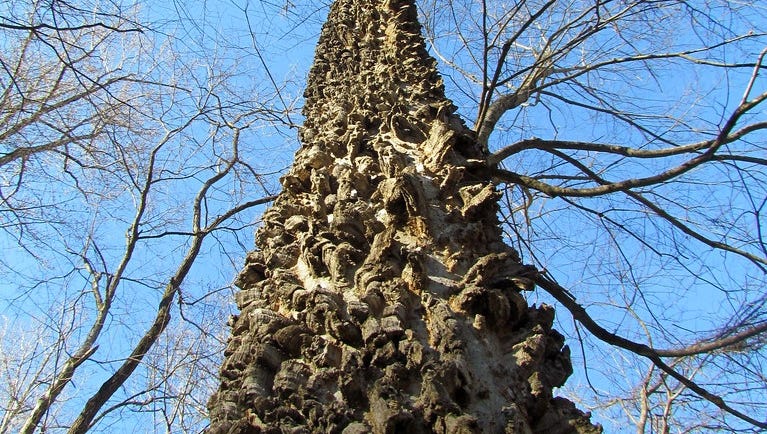
Hackberry Trees Are Under Attack
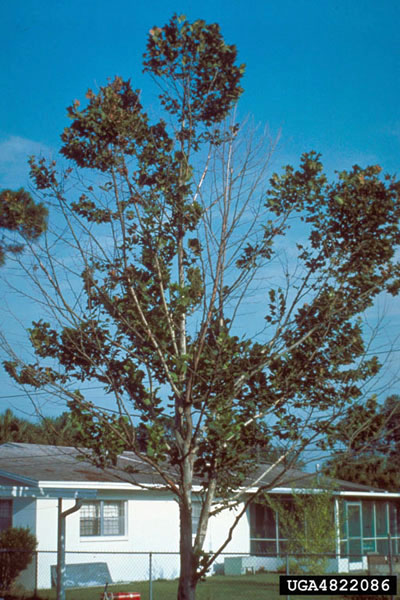
What S Wrong With My Plant Garden University Of Minnesota Extension
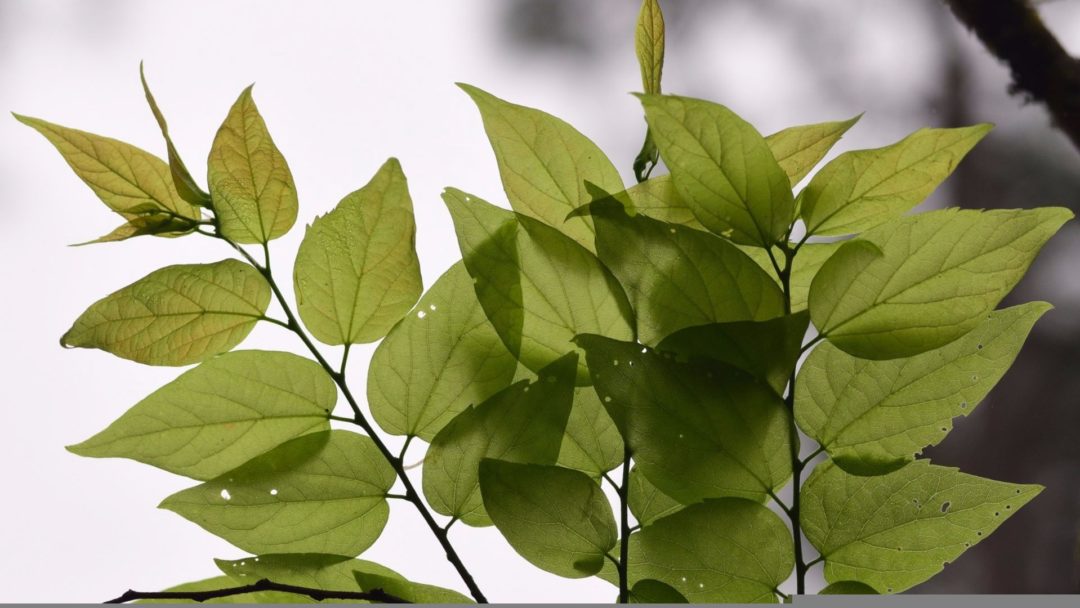
Hackberry One Tough Tree Arbor Day Blog
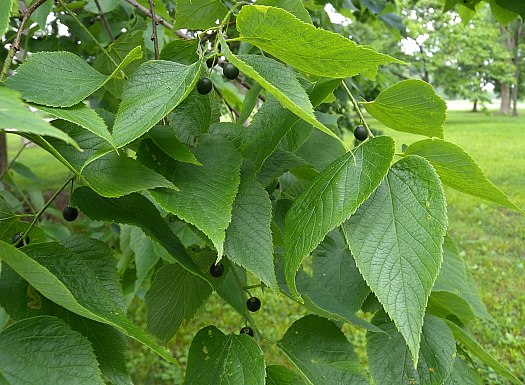
Common Hackberry Celtis Occidentalis
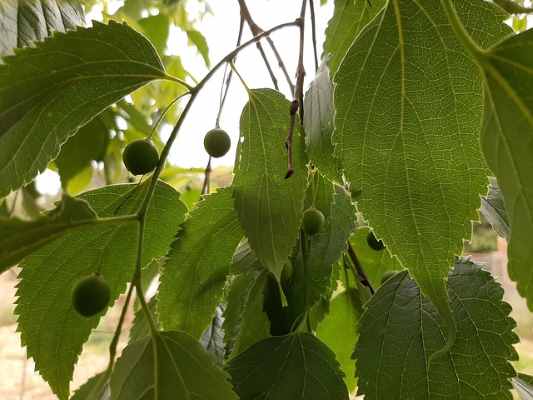
Hackberry Trees Celtis Common Types Leaves Bark Fruit Pictures Identification

What S Behind That Black Sticky Substance From Your Hackberry Tree
Celtis Occidentalis Hackberry Minnesota Wildflowers

Ut Tsu Extension Davidson County Hackberry Trees Turning Black Since The Beginning Of The Year 2000 The Majority Of Exotic Insect Pests That Have Been Introduced Into The United States Have
